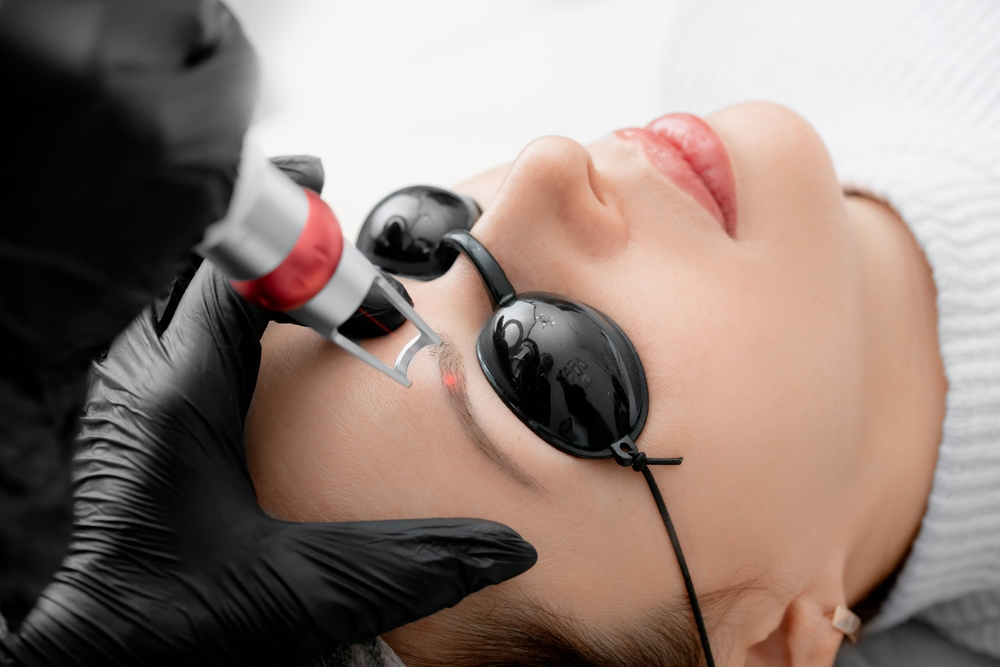Does Microblading Removal Cause Permanent Damage?
Microblading removal procedures have become increasingly popular as individuals seek to correct or reverse unsatisfactory microblading results. However, concerns have arisen regarding whether microblading removal methods can cause permanent damage to the skin. In this article, we’ll explore the various methods of microblading removal, their potential risks, and whether they result in permanent damage.
Understanding Microblading Removal
Microblading removal techniques aim to fade or eliminate the pigment implanted during the microblading procedure. Common methods of microblading removal include laser removal, saline removal, and manual removal using a specialized solution. These techniques target the pigment particles in the skin, breaking them down and allowing the body to naturally eliminate them over time.
Does Microblading Removal Cause Permanent Damage?
1. Laser Removal:
Laser removal involves using specialized lasers to break down the pigment particles in the skin. While laser removal is effective in fading microblading pigment, it carries some risk of side effects such as scarring, hyperpigmentation, or hypopigmentation, especially if not performed by a trained professional. In rare cases, improper laser settings or repeated treatments may result in permanent damage to the skin.

2. Saline Removal:
Saline removal, also known as saline tattoo removal or saline tattoo lightening, involves depositing a saline solution into the skin to lift the pigment to the surface. While saline removal is considered safer than laser removal, it may still cause temporary irritation, redness, or scabbing. With proper technique and aftercare, the risk of permanent damage from saline removal is minimal.
3. Manual Removal:
Manual removal techniques, such as using a specialized removal solution or pigment lightening products, involve breaking down the pigment particles in the skin through mechanical means. While manual removal methods are generally safe when performed by a skilled technician, over-aggressive or improper techniques may cause scarring or uneven skin texture.
Ensuring Safe Microblading Removal
To minimize the risk of permanent damage from microblading removal, it’s essential to choose a qualified and experienced technician who follows strict safety protocols:
- Consultation: Schedule a consultation appointment to discuss your concerns, expectations, and medical history with the technician.
- Technique: Ensure that the technician uses safe and effective removal techniques tailored to your skin type and pigment saturation.
- Aftercare: Follow the technician’s aftercare instructions diligently to promote proper healing and minimize the risk of complications.
Conclusion
While microblading removal procedures carry some risk of side effects, the likelihood of permanent damage is minimal when performed by a qualified professional using appropriate techniques and aftercare. It’s essential to research and choose a reputable technician to ensure safe and effective microblading removal.
Additional Insights:
- American Academy of Dermatology – Tattoo Removal: Learn more about tattoo removal techniques and their safety from the American Academy of Dermatology.
- Healthline – Microblading Removal: Discover information on microblading removal methods and their potential risks from Healthline.


